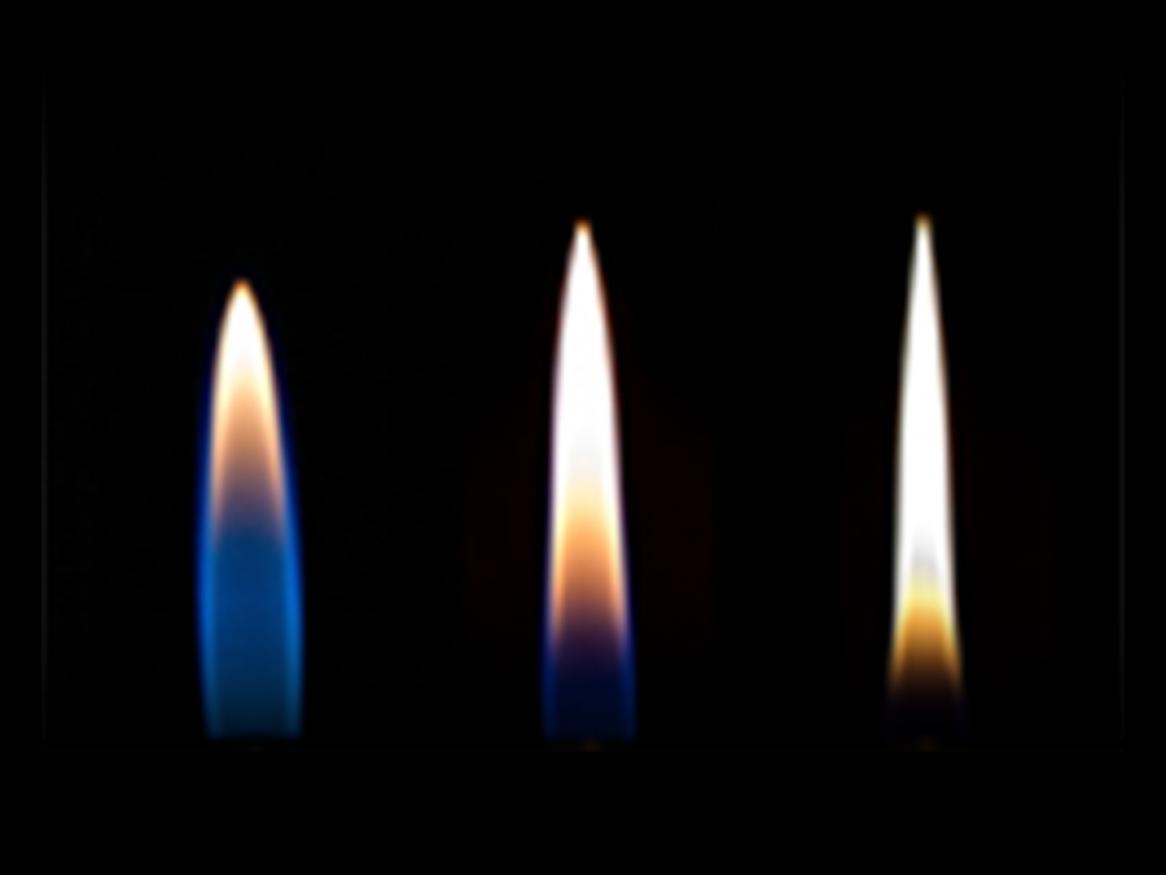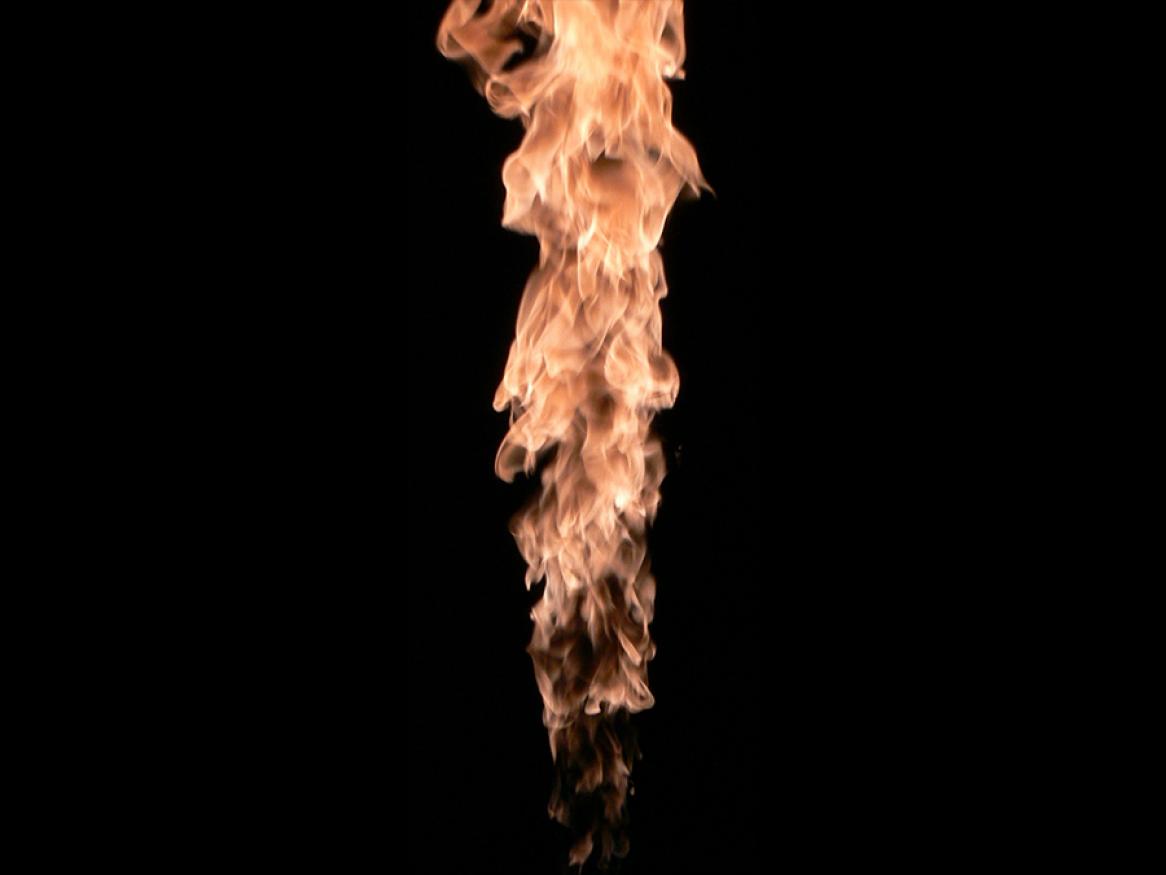Data Sets
Current data sets
Call for contributions
The community is invited to contribute new predictions or additional data sets related to the Target Flames for the workshop. New data, both experimental and numerical, is welcomed where it aligns with the objectives of the workshop.
This work is coordinated through the relevant program chairs in accordance with the process and schedule outlined under the headings below:
-
Laminar flames
Soot researchers in the field of laminar flames are encouraged to contribute to the upcoming workshop through program leaders:
To submit your data contribution, please complete the information form for laminar flames and submit to Professor Reza Kholghy.
Call for new experimental data sets, especially in the following fields:
- Laser-Induce Fluorescence (LIF) for PAH measurements
- High-pressure (> 10 bar) steady laminar gas flames
Key requirements for experimental data:
- Well-defined boundary conditions
- No probe perturbation so that shifting of experimental data is not necessary
- Provide temperature and species profiles in addition to soot measurements (for example, soot volume fraction, number density, particle diameter)
- For simplified spray combustion test cases, a good spray characterisation is absolutely essential.
Call for new numerical data sets, especially of the following flames:
Other contributions:
- Present a relevant poster of work in progress (that must differ from an orally presented symposium paper).
-
Turbulent flames
Soot researchers in the field of turbulent flames are encouraged to contribute to the upcoming workshop through program leaders:
To submit your data contribution, please complete one of the following forms:
- Numerical results submit the form to: Professor Michael Mueller
- Experimental results submit the form to: Dr Zhiwei Sun
Call for new experimental data sets, especially in the following fields:
- Flames adapted from the TNF workshop flames to contain soot.
- Flames using the ‘simple’ hydrocarbon fuels, e.g. methane, ethylene and n-heptane.
- Attached turbulent flames.
- Increased-pressure (> 5 bar) stationary turbulent gas flames (lower pressure will also be considered)
- Spray flames adapted from the TCS workshop
Key requirements for experimental data:
- To be performed with well-defined in-flow and boundary conditions.
- To provide as complete information as possible, with particular emphasis on simultaneous data sets of one or more of the following: temperature, soot volume fraction, soot size, soot intermittence, velocity, OH, PAHs, radiation and/or mixture fraction.
- To provide mean value and RMS of the measurement, with particular emphasis on measurement uncertainties (both accuracy and precision)
- To provide a brief description of the burner geometry, boundary conditions, uncertainty of initial flows, experimental methods and the relevant details, e.g. presentative image(s) and spatial resolution. Complete information is most welcomed and can be referred to a publication)
- For simplified spray combustion test cases, a good spray characterisation is absolutely essential.
- For pressurised flames, to provide information of the chamber walls, e.g. material and temperature.
Call for new numerical data sets, especially of the following flames:
Other contributions:
Present a relevant poster of work in progress (that must differ from an orally presented symposium paper).
Modelling
Details of the reference radiation model.
Suggestions for modelling:
- Laminar modelling should involve radiation and preferably include the burner inlet, as it gets hot for high pressure/soot load (preheat of fresh gases).
- For 2D axisymmetric nonpremixed laminar flames with limited temperature data, those data can be used to calibrate the radiation and heat transfer models.
- For radiation in both laminar and turbulent flames, the suggested starting point is a simple gray, optically thin model - basically the model that was proposed for the TNF workshop, plus a contribution from soot radiation (see links provided above). If a modeller wants to include re-absorption and/or spectral radiation properties, the results should be compared with those obtained using the simpler model to determine how much is gained with the more sophisticated models.


